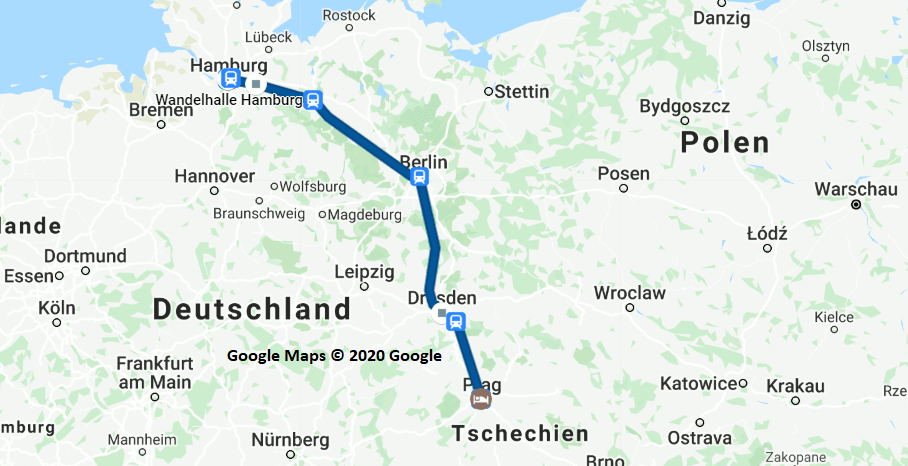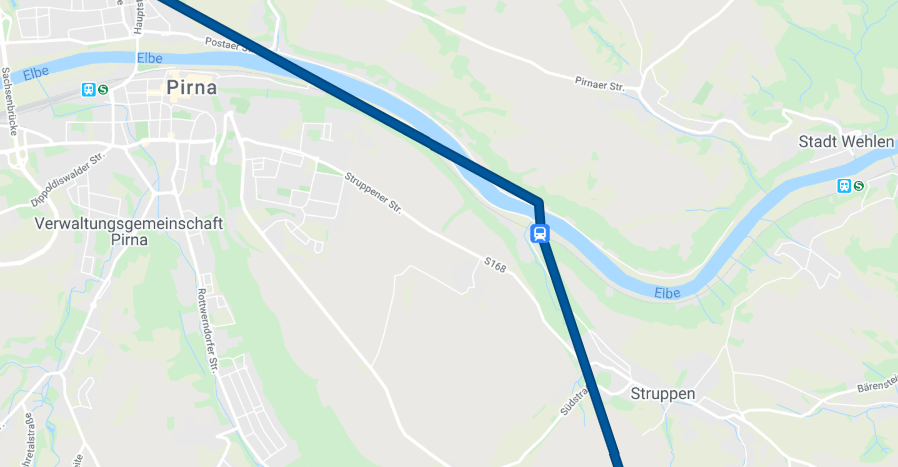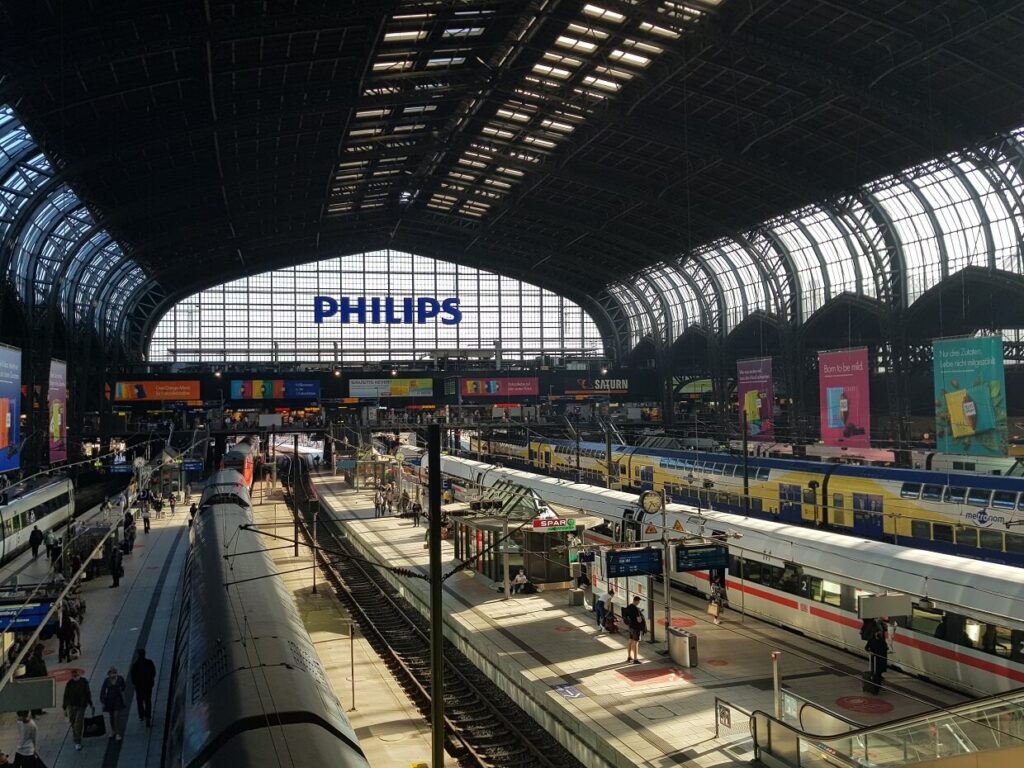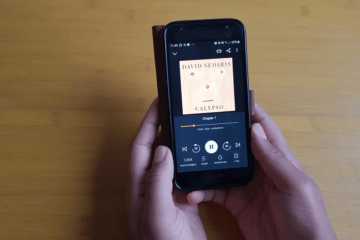Which route did I travel exactly? What was the name of the little restaurant we went to for dinner after arriving? Google’s personal movement profile can be helpful for such and similar questions. Prerequisite: There has been consent to track your own location history.
This consent is requested from users of the Android operating system when setting up the smartphone or when using services such as Google Maps in general. Consent to the use of location data is often the premise for a sensible use of the geographic-based services of the American digital giant.
Link to the Google account
When using a Google account on the smartphone and agreeing to track the location history, a timeline is created. This geographical timeline provides information about the locations visited, including times, and can be viewed here.
The acquisition is usually extremely precise. Longitudes and latitudes of the respective place of stay are sent at short intervals and identify the places visited based on the data available from Google. Only in shopping centers with several floors does the assignment not (yet) really work exactly. By querying user feedback in real time (“Are you currently in the shopping center in store XY?”) As well as WiFi data, continuous optimization takes place.

Screenshot of your own movement profile in the Google timeline. Illustration of an afternoon in downtown Hamburg. Image source: Google Maps © 2020 Google.
Timeline for the evaluation of train routes and travel activities
The Google Timeline is practical for people who love to travel and want to take a closer look at the activities afterwards. How many KM did I travel? What was actually on the route covered?

However, caution is required here. The course of the train route does not exactly correspond to the distance traveled, but only represents an approximation to reality. Deviations of several hundred meters up to a few kilometers are not excluded.

This route in zigzag style across the Elbe would be very unusual. Image source: Google Maps © 2020 Google.
Even if there is a lack of precision for long distances at high speed, the Google Timeline is helpful for me personally in travel-intensive times to learn more about the route traveled. In addition, interesting data about distances and locations covered accumulate over time.
Data protection and access rights
This contribution is by no means an invitation to use digital services without thinking. Because, of course, it is questionable to pass on personal behavior and usage data to large corporations. However, the benefit generated for me, primarily evaluations of gastronomy and route planning, is a huge advantage. I am fully aware that the use of many offers is not free, but is paid for with data. Therefore, I try to limit the use to a reasonable level and, above all, only have my smartphone with me when I’m traveling. In many other cases, however, leaving the device at home and fasting digitally.
An insight into Google’s motion profile and instructions on how to delete the existing data can be found here.
Use only necessary apps
It is also recommended to use an absolute minimum of apps on the device. Each smartphone has a unique ID (IDFA) that remains constant until it is manually reset or the device is changed. Compared to browser-based cookies, which usually have a term of 30 days, the IDFA remains constant over a significantly longer period. This long shelf life enables advertisers to collect numerous data points and create profiles. Free apps in particular often require extensive access rights (location data, address book, camera, microphone and much more), even though it is e.g. is actually just a car racing game. And these data are not necessary for a meaningful operation, but only serve for monetization.
If the goal is to support a reputable provider with data for advertising marketing in order to use an app free of charge, there may be nothing to be said against it. However, thoughtless installation and use of apps by unknown providers is not recommended.
Railroad country Baden-Württemberg: Off to the vineyards
Baden-Württemberg has a well-developed regional rail network, which allows travelers to travel comfortably and easily…
By train to Paris: it couldn’t be easier
Hardly any other metropolis in Europe is as easy to reach by train as Paris….
Station Guide: Hamburg Hauptbahnhof
The historic train station in the heart of the Hanseatic city is one of the…
Express trains in Europe: EuroCity, Eurostar, TGV and ICE
There is a brisk traffic of express trains between the European metropolises. Depending on the…
Saving CO2: Rail vs. plane
How Much Are Aircraft Emissions vs. Trains? The aircraft is known to be the biggest…
Tips for cheap train tickets in Germany and Europe
The price system at Deutsche Bahn is not always considered to be cheap. Nevertheless, it…






